Schmitt Farmstead
Introduction
Text-to-speech Audio
Images
Schmitt Farmstead
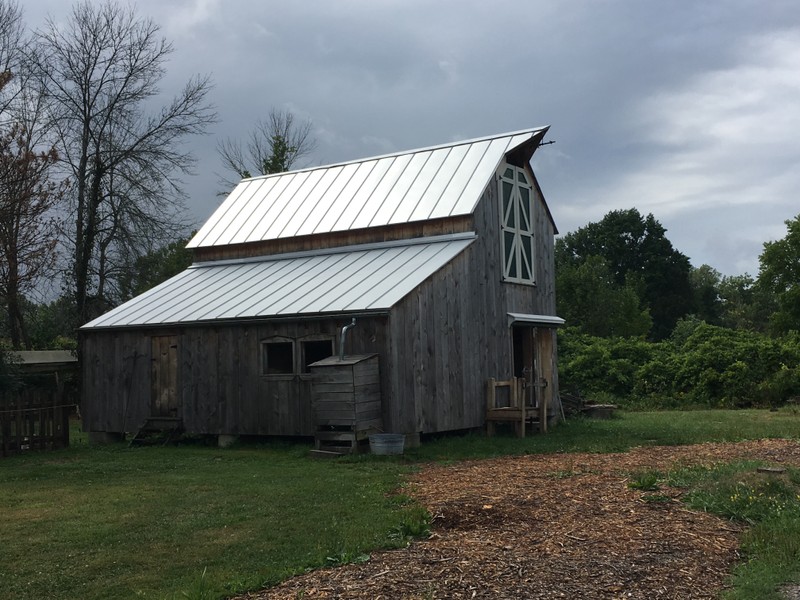
Hay bales in the hay barn

Hay trolley in the hay loft
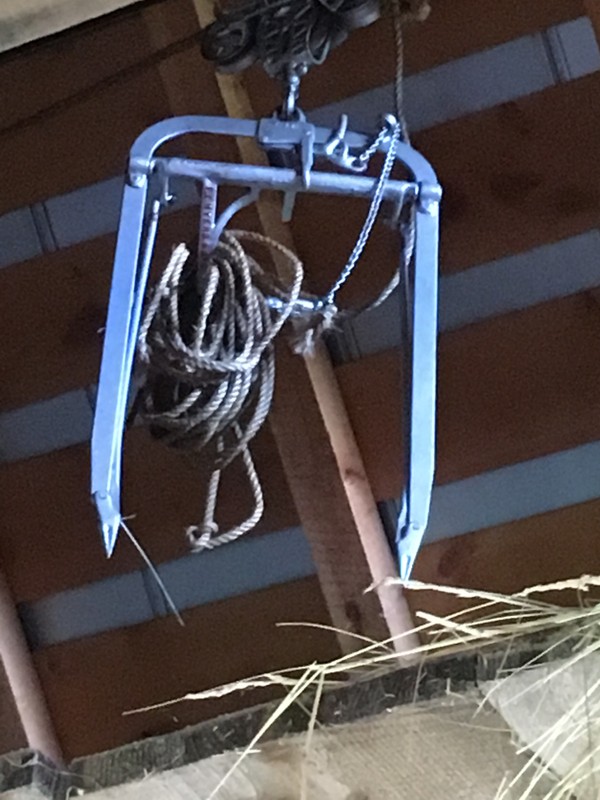
Hay Barrack
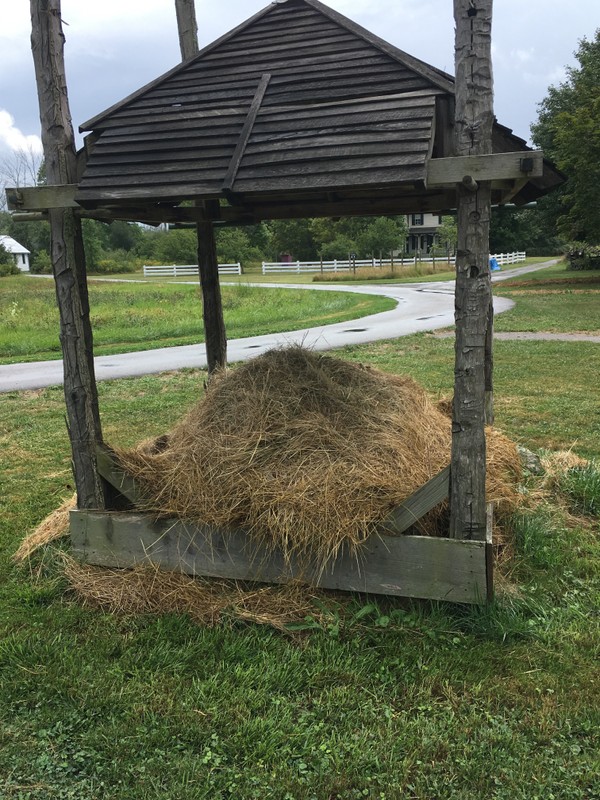
Ram Barn
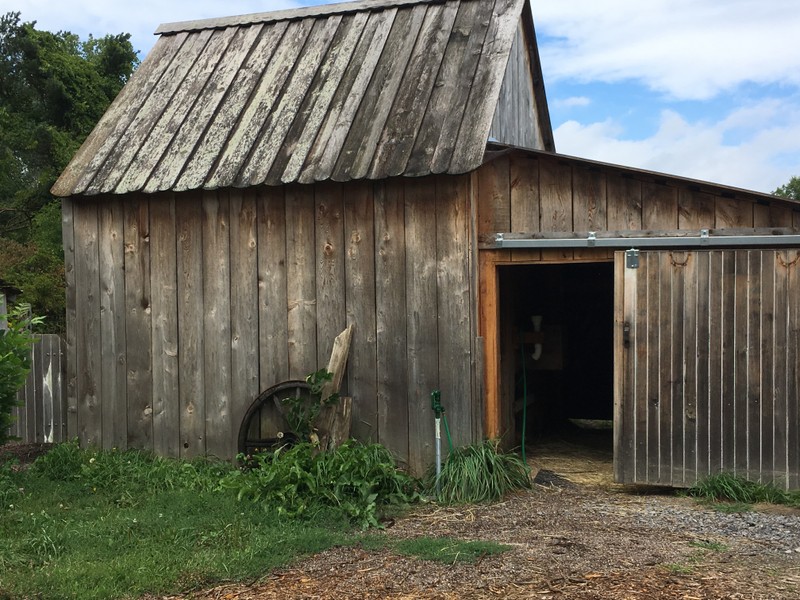
Joe and Bailey in ram pasture
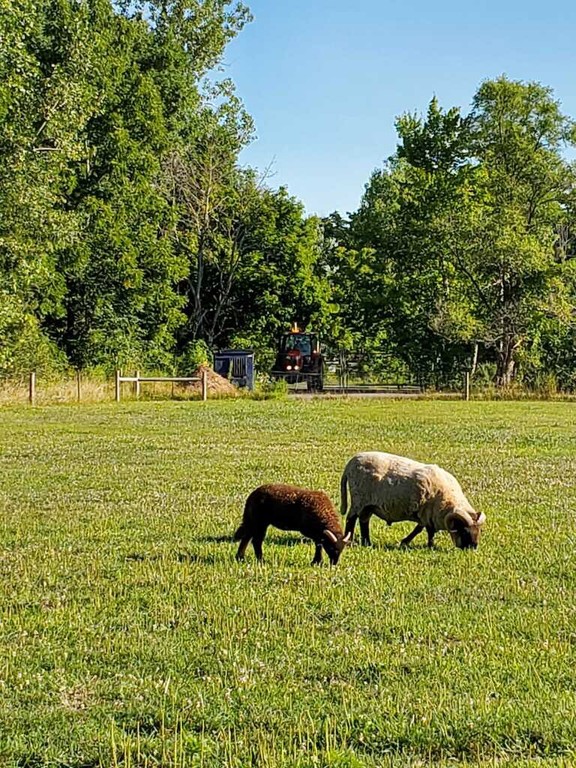
Ewe Barn
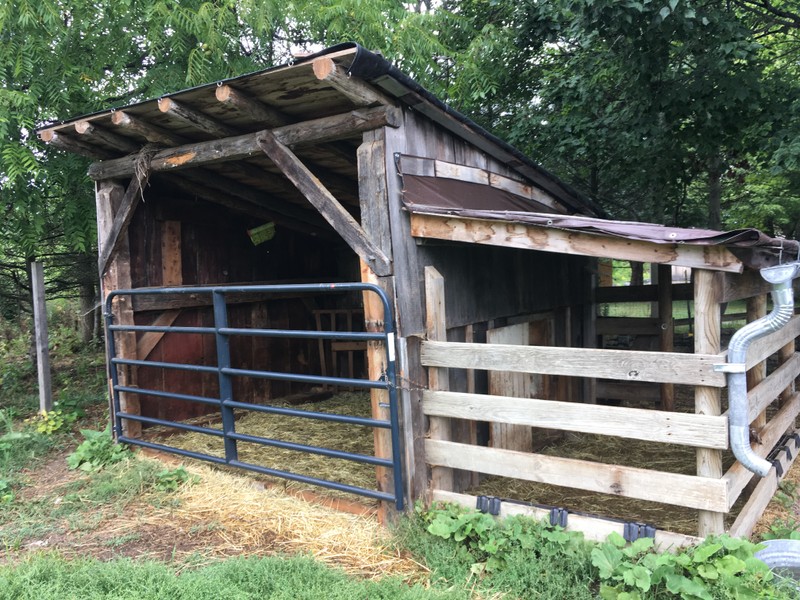
Ewes in the ewe pasture
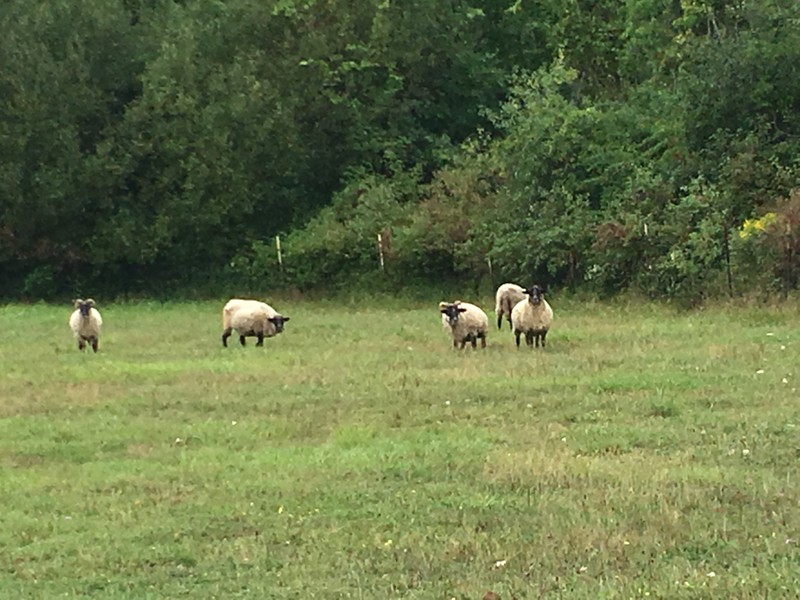
Chicken coop
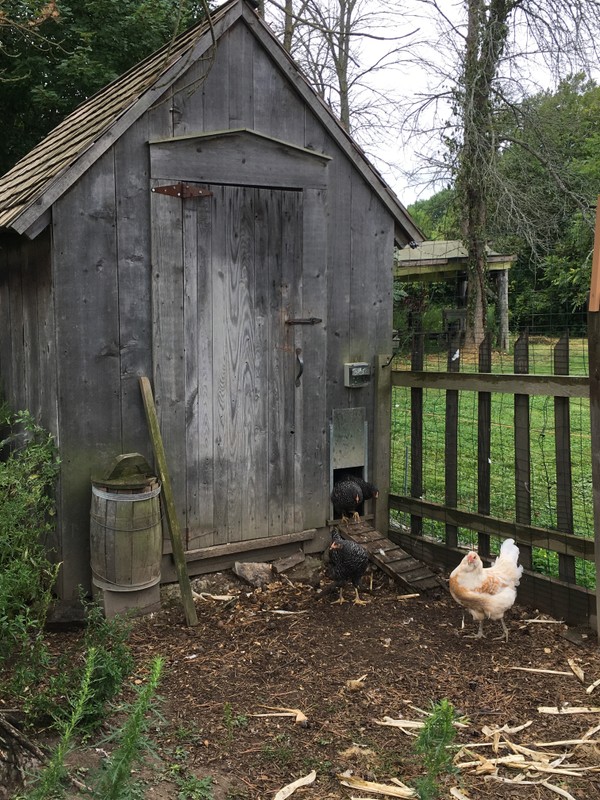
Sugar Shack
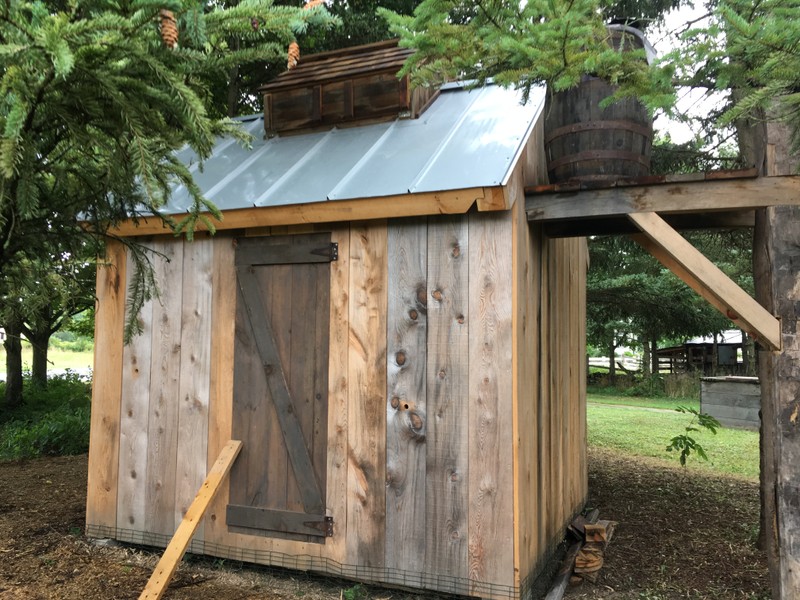
Wood Shed
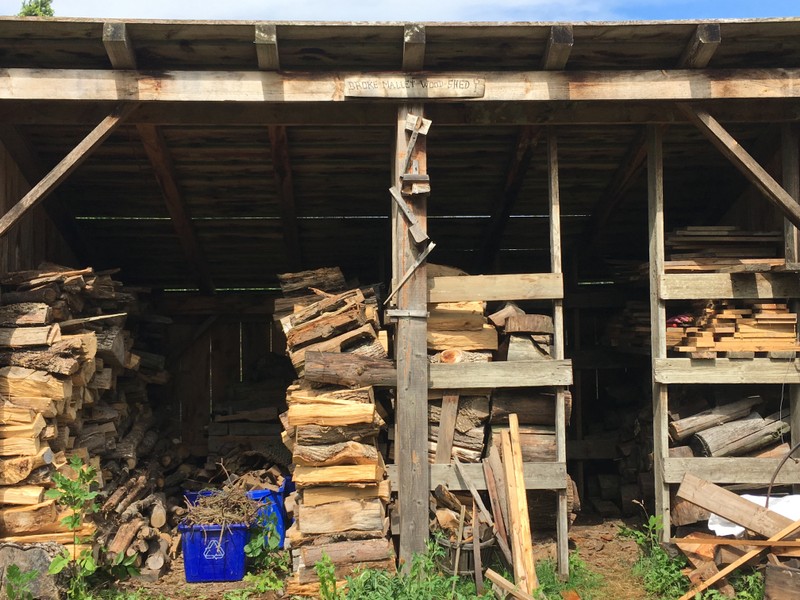
Apiary
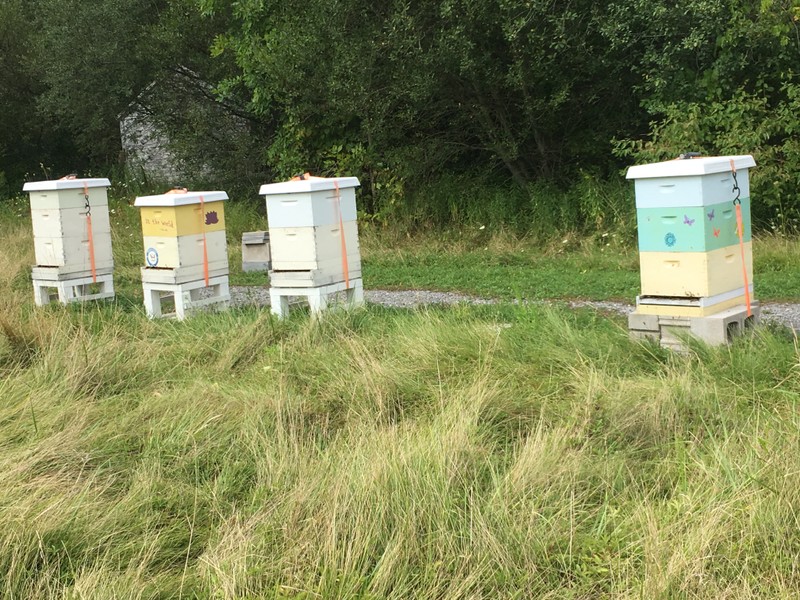
Backstory and Context
Text-to-speech Audio
At the beginning of the 19th century, America was an almost entirely agrarian society and would remain so for several years to come. Immigrant farmers in the American northeast followed the centuries old patterns set by their European ancestors. Early farmers were primarily subsistence farmers, meaning that they would raise animals, and crops, chiefly to fill the needs of their household or the households of close friends and/or neighbors. German immigrant farmers, such as the Schmitts, would typically raise horses or oxen for labor, sheep in order to supply the family with clothing, swine and cattle for meat, goats for milk and cheese, chickens for eggs and meat, and bees for honey and beeswax. Something that set them apart from other European immigrant farmers was the fact that they sheltered their animals in the winter. A traveler at the time remarked "while the English and Swedes had no stables, the Germans and Dutch had 'preserved the custom of their country, and generally kept their cattle in barns during the winter." Here on the Schmitt Farmstead, we have both a ram barn and a ewe barn to shelter our livestock during the winter months, following the German tradition.
Another earmark of the German farmer was the cultivation of large vegetable gardens. Some of the most popular crops include: potatoes, turnips, cabbage, peas, beans, cucumbers, beets, onions, lettuce, carrots, and apples. Apples were especially important since they were primarily used to make cider, the main beverage of the time. Every farm possessed an apple mill and cider press.
The Schmitt Farmstead consists of the following outbuildings:
- Hay Barn
- Hay Barrack
- Ram Barn and pasture
- Ewe Barn and pasture
- Chicken Coop
- Sugar Shack
- Wood Shed
- Apiary
The Schmitt Farmstead Livestock:
The sheep living on the Schmitt Farmstead are Hog Island sheep, which is a heritage breed in critical need of conservation. There are fewer than 200 in the United States. Hog Island sheep are primarily bred for their wool. The wool is of medium weight with fleece yields ranging from two to eight pounds.
Our chickens are primarily Barred Rock chickens (we currently have 1 Ameraucana chicken). They are also a heritage breed originating from the Massachusetts area in about 1865. Barred rock chickens are bred for both their egg laying ability as well as for their meat. They are beautiful chickens with Black and rock-grey colored stripes on their feathers and a single red comb on their head.
The Schmitt Farm Year:
January:
February: splitting wood
March: Maple Sugaring Fencing repairs
April: Cleaning out barns (Manuring) Drainage in fields Lambing
May: Plowing, cultivating, and planting kitchen garden and crop fields clean chicken coop beekeeping season begins Lambing continues
June: Planting buckwheat Sheep shearing Strawberry harvest Harvest 1st cutting of hay
July: Strawberry harvest continues
August: Second haying Corn harvest
September: Harvesting Cider making Plant Spelt (a winter wheat)
October: Harvesting and cider making continues Fall plowing Preparing barns for winter Fall hoof trim…Sheep close up bee hives for winter
November: Preparing barns for winter Sheep breeding clean chicken coop
December: splitting wood
Cite This Entry
Sara Miller on behalf of Buffalo Niagara Heritage Village. "Schmitt Farmstead." Clio: Your Guide to History. September 14, 2020. Accessed August 16, 2025. https://theclio.com/entry/73562/tour/10
Sources
Lubienecki, Paul. German-Prussian Immigrants on the Niagara Frontier The Early Years of the Old Lutheran Church in the New World, July 7th 2018. Accessed September 14th 2020. https://newyorkhistoryreviewarticles.blogspot.com/2018/07/german-prussian-immigrants-on-niagara.html.
Accessed September 14th 2020. https://livestockconservancy.org/index.php/heritage/internal/hog-island.
Accessed September 14th 2020. https://www.roysfarm.com/hog-island-sheep/.
Accessed September 14th 2020. https://livestockconservancy.org/index.php/heritage/internal/plymouthrock..
Gagliardo, John G. Germans and Agriculture in Colonial Pennsylvania, Pennsylvania Magazine of History and Biography. Accessed September 14th 2020. https://journals.psu.edu/pmhb/article/view/41466.
Buffalo Niagara Heritage Village Docent Manuel
Buffalo Niagara Heritage Village
Buffalo Niagara Heritage Village
Buffalo Niagara Heritage Village
Buffalo Niagara Heritage Village
Buffalo Niagara Heritage Village
Buffalo Niagara Heritage Village
Buffalo Niagara Heritage Village
Buffalo Niagara Heritage Village
Buffalo Niagara Heritage Village
Buffalo Niagara Heritage Village
Buffalo Niagara Heritage Village
Buffalo Niagara Heritage Village

